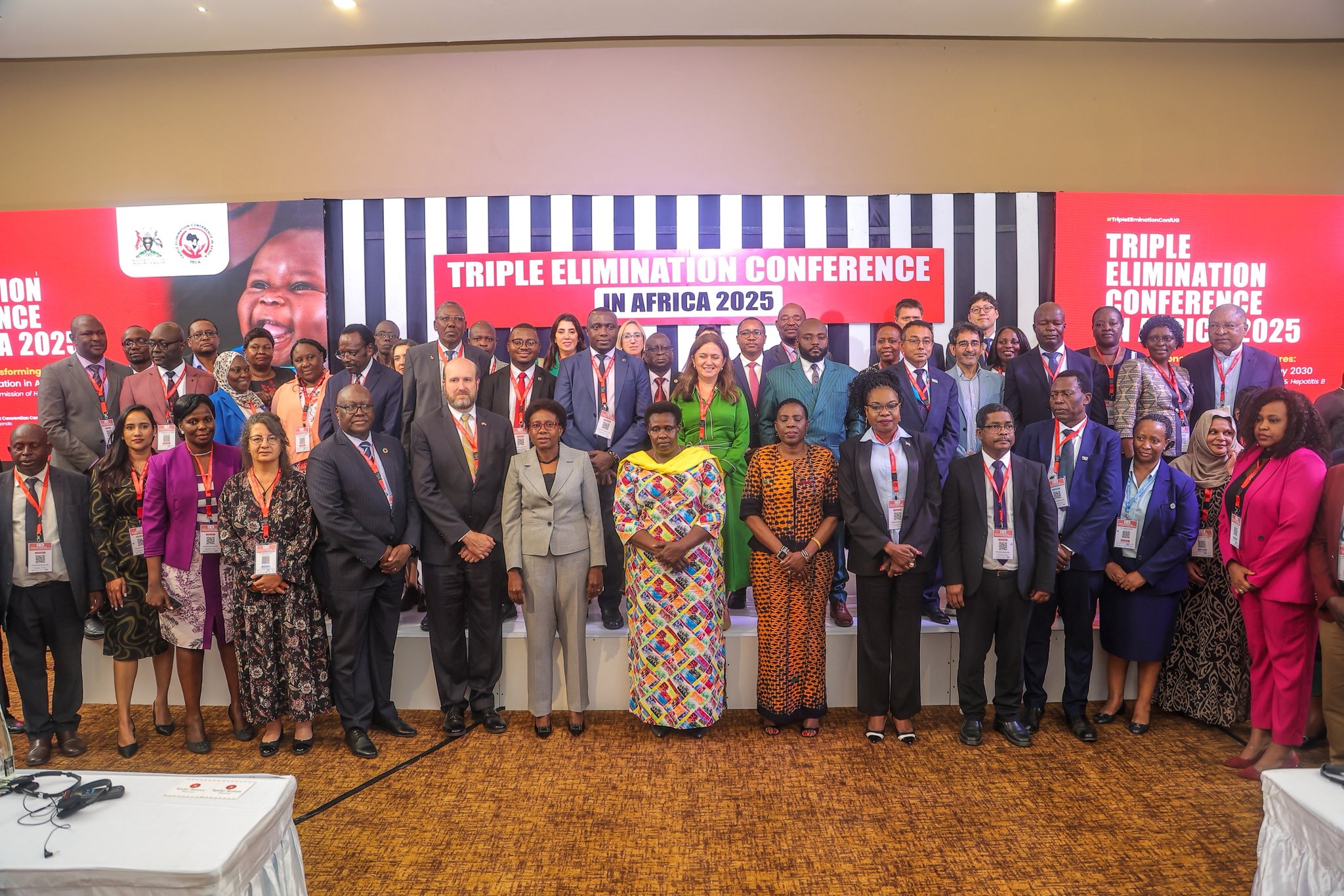Kampala, Uganda – The Minister of Health, Dr. Jane Ruth Aceng, has confirmed an additional 37,000 new HIV infections in 2024, bringing the total number of people living with the disease to 1.5 million.
The minister revealed these figures during the launch of a high-level initiative to eliminate HIV, Hepatitis B, and syphilis as public health threats.
Dr. Aceng stated that 80% of vertical (mother-to-child) transmissions occur among women who either drop out of treatment or contract HIV during pregnancy or breastfeeding.
While early mother-to-child transmission rates have dropped to 1.3% (from 7.5% in 2014) due to PEPFAR-supported programs, retention in care remains a significant challenge.
The Uganda Population-Based HIV Impact Assessment (UPHIA) survey found that 2.1% of the population has active syphilis, with pregnant women in urban poor settings disproportionately affected at a prevalence rate of 5.9%.
Untreated maternal syphilis is linked to stillbirths, neonatal deaths, and increased HIV transmission risk.
Regarding Hepatitis B (HBV), the survey revealed infection rates of 4.1% among adults and 0.6% among children, with regional hotspots like West Nile reporting rates as high as 25%.
Despite these figures, Uganda currently lacks a national HBV elimination plan, and birth-dose vaccination coverage remains at 0%, creating a critical gap in preventing vertical transmission.
Vice President H.E. Jessica Alupo, who presided over the high-profile health event, emphasized the importance of integrating HBV and syphilis screening into existing HIV programs, particularly in antenatal care, to reduce vertical transmissions.
U.S. Ambassador William W. Popp announced expanded American support through PEPFAR and CDC programs, citing Uganda’s success in achieving 97% viral suppression among HIV patients on antiretroviral therapy.
He also highlighted the $10 million U.S. investment in the UPHIA survey, which will provide crucial data to refine Uganda’s HIV response.
As Uganda prepares to host the 2026 Global Health Summit, these announcements signal a significant shift toward integrated, equity-driven disease control.
Success will depend on translating high-level commitments into grassroots action, particularly for marginalized pregnant women and rural communities facing multiple health challenges.

